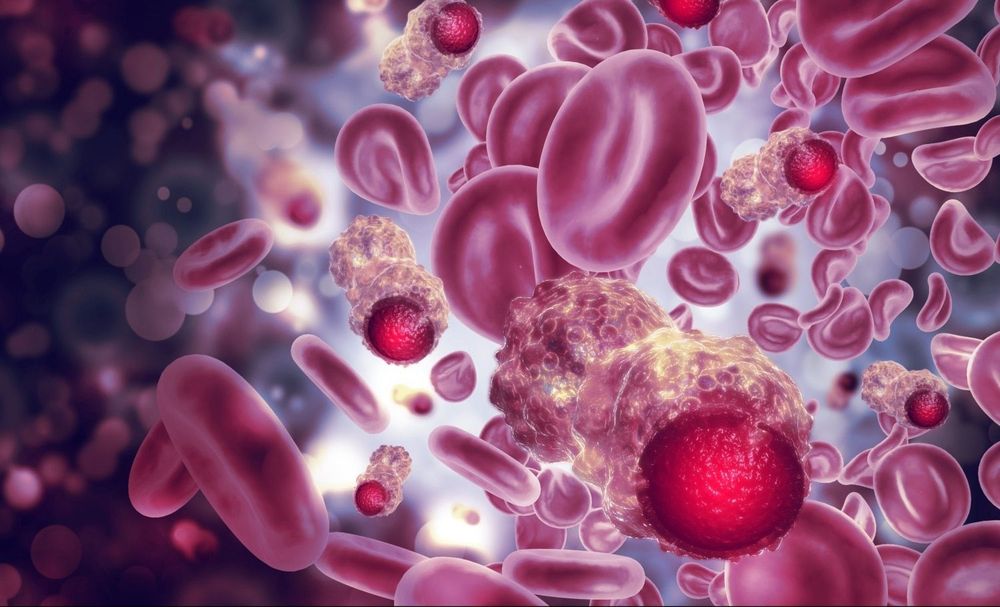May 14, 2019
Physicists invent flux capacitor, break time-reversal symmetry
Posted by Quinn Sena in categories: futurism, quantum physics
In the popular movie franchise “Back to the Future”, an eccentric scientist creates a time machine that runs on a flux capacitor.
Now a group of actual physicists from Australia and Switzerland have proposed a device which uses the quantum tunneling of magnetic flux around a capacitor, breaking time-reversal symmetry.
The research, published this week in Physical Review Letters, proposes a new generation of electronic circulators, which are devices that control the direction in which microwave signals move.
Continue reading “Physicists invent flux capacitor, break time-reversal symmetry” »


















